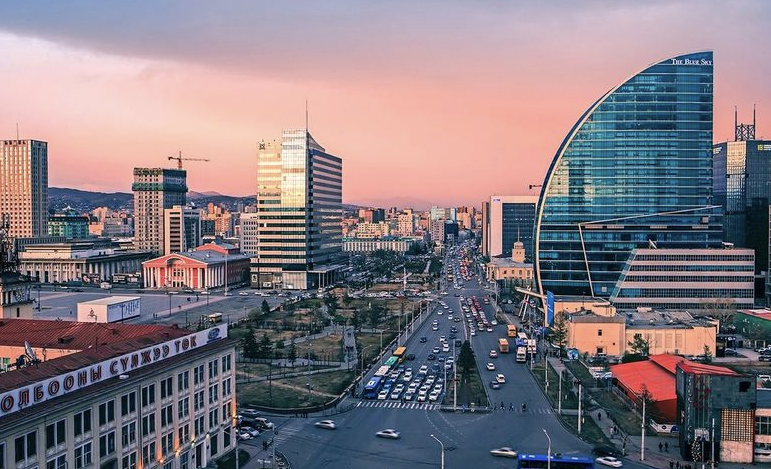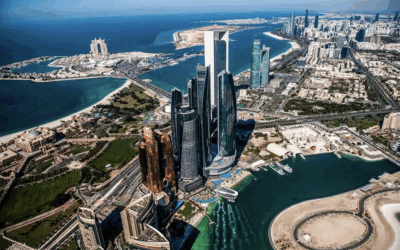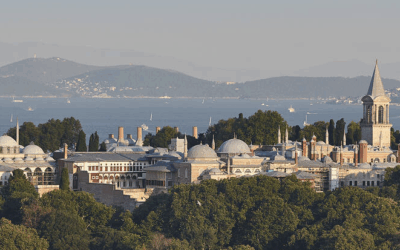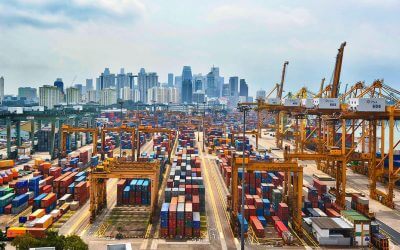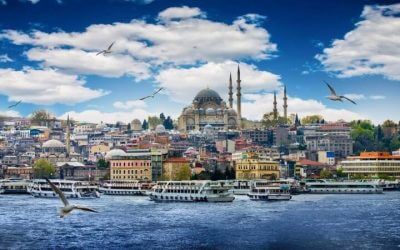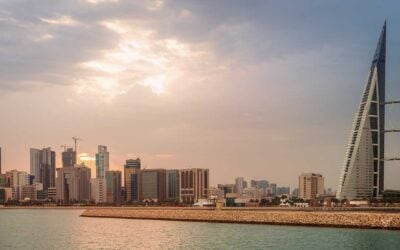When it comes to population density, some countries are practically bursting at the seams, while others are sprawling landscapes with room to spare.
Either way, many of these sparsely populated nations offer plenty of opportunities for those seeking solitude, adventure, or even unique investment prospects.
You’ll probably notice that most of these countries share several other things in common, apart from the mere fact that they’re not densely populated.
For starters, countries with very few inhabitants in a large space generally have resource wealth.
Demographics and population are indeed a great starting points for deciding which country to invest in.
So whether you’re actively doing business or are a geopolitical enthusiast, let’s dive into these 15 remarkable nations.
Mongolia
Mongolia holds the title of the least densely populated country on Earth, with fewer than 2 people per square kilometer.
This landlocked nation, placed between Russia and China, is known for dramatic landscapes including the Gobi Desert, vast steppes, and rugged mountains.
The nomadic way of life is still alive here, with many families herding livestock and living in traditional yurts, known as gers.
For investors, Mongolia presents a double-edged sword. The country is rich in natural resources such as copper, coal, and gold, making its mining sector a key driver of economic growth.
However, the economy is also vulnerable to global commodity price fluctuations.
On top of that, Mongolia’s ideal location between two economic giants offers opportunities for trade and infrastructure development.
Tourism is another growing sector, as travelers flock to experience the untouched landscapes and unique cultural heritage.
Namibia
Namibia, with its iconic landscapes like the Namib Desert and Skeleton Coast, has a population density of just 3 people per square kilometer.
The country is a haven for wildlife enthusiasts, offering some of the best safari experiences in Africa. Its conservation efforts, including community-based tourism, have been internationally recognized.
Namibia’s economy is heavily reliant on mining, particularly diamonds and uranium. Foreign investors can find opportunities in these sectors, as well as in renewable energy projects, given the country’s high solar energy potential.
However, Namibia’s reliance on natural resources makes it vulnerable to environmental and economic shifts.
For those interested in sustainable tourism, Namibia’s eco-lodges and conservation projects offer a chance to invest in a growing industry that aligns with global eco-conscious trends.
Australia
Australia may be known for its bustling cities like Sydney and Melbourne, but the vast Outback ensures that its population density remains low at about 3 people per square kilometer.
Most Australians live along the eastern and southeastern coasts, leaving the interior sparsely inhabited. The Outback, with its unique flora and fauna, is a stark contrast to the urban centers.
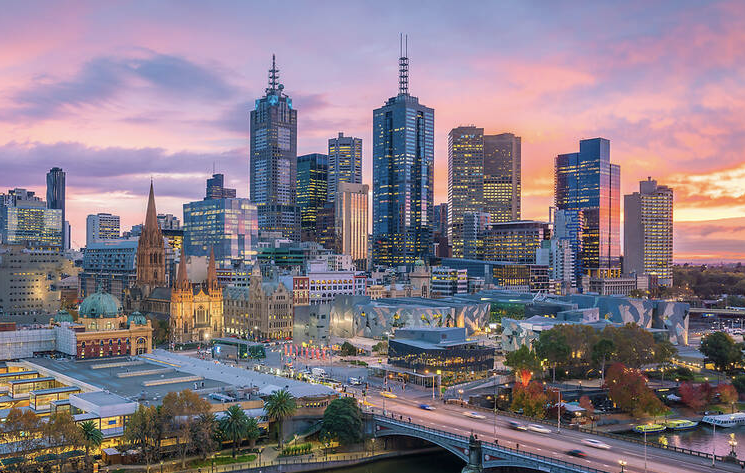
While Australia’s major cities are well populated, the country itself is one of the world’s least densely populated.
Australia’s economy is one of the most diverse on this list, offering opportunities in mining, agriculture, tourism, and tech among other sectors.
The country is a global leader in mining, producing significant amounts of iron ore, coal, and gold. Additionally, its agricultural exports, including beef and wine, are highly sought after.
For investors, Australia offers a stable political environment and strong legal protections, making it an attractive destination for long-term investments.
Iceland
With its ethereal landscapes of glaciers, volcanoes, and geothermal springs, Iceland is a natural wonderland.
Its low population density of about 3.5 people per square kilometer ensures that much of its natural beauty remains untouched.
The country is also one of the happiest in the world, thanks to its high standard of living and strong emphasis on sustainability.
Iceland’s economy is heavily reliant on renewable energy, particularly geothermal and hydroelectric power. This makes it an attractive destination for investors interested in green energy projects.
The tourism sector has also boomed in recent years, driven by the country’s unique landscapes and cultural attractions.
However, the influx of visitors has raised concerns about over-tourism, creating opportunities for sustainable tourism initiatives and eco-friendly accommodations.
Suriname
Suriname, South America’s smallest country by population, is a hidden gem covered by dense rainforests that make up over 90% of its land area.
With a population density of only 3.6 people per square kilometer, it’s a haven for biodiversity. The country’s culture is a unique blend of African, Asian, and European influences, reflecting its colonial history.
The economy of Suriname is primarily driven by mining, particularly gold and bauxite. Recent oil discoveries have positioned the country as an emerging player in the global energy market.
For investors, Suriname offers opportunities in resource extraction, as well as eco-tourism.
The country’s lush rainforests and diverse wildlife make it an ideal destination for sustainable tourism projects, which can capitalize on the growing global demand for eco-friendly travel experiences.
Botswana
Botswana is a landlocked country in southern Africa, renowned for its stable democracy and commitment to wildlife conservation.
With a population density of about 4 people per square kilometer, it’s home to the stunning Okavango Delta and some of the best safari experiences on the continent.
Botswana’s economy is largely driven by diamond mining, which accounts for a significant portion of its GDP.
The government has also made strides in diversifying the economy, promoting sectors like tourism and agriculture.
For investors, Botswana’s political stability and business-friendly environment make it an attractive destination.
The country’s focus on high-value, low-impact tourism provides opportunities for luxury safari lodges and other eco-friendly ventures.
Canada
Canada is the second-largest country in the world by land area, yet it has a population density of just 4 people per square kilometer.
While most Canadians live near the U.S. border, the country’s northern regions are vast, remote, and sparsely populated. Canada’s natural beauty, from the Rocky Mountains to the Northern Lights, is legendary.
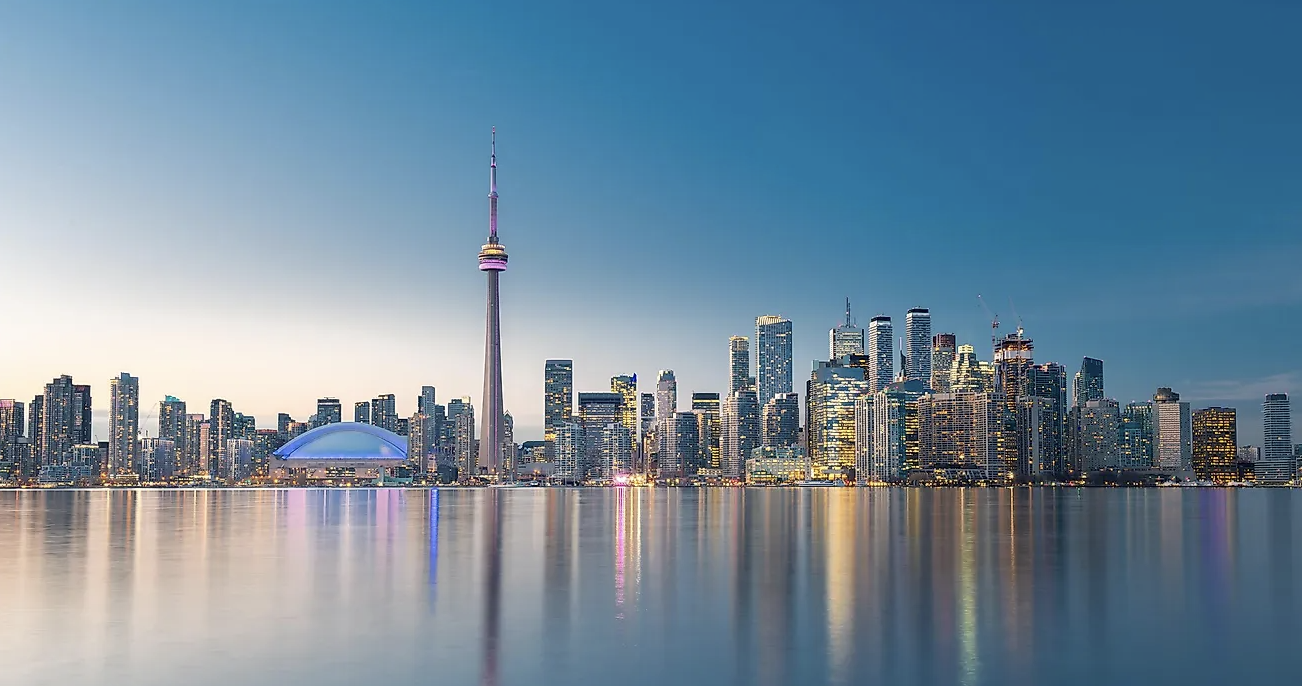
Canada is one of the most developed countries on this list with over 40 million inhabitants. Its three major cities of Toronto, Montreal, and Vancouver house over 25% of its total population.
For investors, Canada offers a wealth of opportunities in natural resources, technology, and real estate.
The country is a global leader in mining and energy production, including oil, natural gas, and renewable energy. Additionally, Canada’s urban centers are experiencing growth, making real estate a lucrative sector.
The country’s strong legal framework and political stability further enhance its appeal for foreign investors.
Guyana
Guyana, located on the northern coast of South America, is a country of contrasts, with dense rainforests, sprawling savannahs, and a rapidly growing economy.
With a population density of about 4 people per square kilometer, it’s one of the least crowded countries in the region.
The recent discovery of significant offshore oil reserves has transformed Guyana into one of the fastest-growing economies in the world.
This has opened up opportunities for investment in energy infrastructure, real estate, and services.
Beyond oil, Guyana’s rich biodiversity makes it a prime location for eco-tourism.
The government is actively promoting sustainable tourism initiatives, creating opportunities for investors interested in this burgeoning sector.
Libya
Libya, despite its vast land area, has a population density of only about 4 people per square kilometer.
Most of the population is concentrated along the Mediterranean coast, with the rest of the country dominated by the Sahara Desert.
Libya’s economy is heavily reliant on oil, which accounts for the majority of its GDP.
While political instability has deterred many investors, the country’s vast oil reserves remain a significant draw for those willing to navigate the risks.
Additionally, Libya’s coastal location offers potential for tourism development, particularly in historical and archaeological sites, though this sector remains largely untapped due to ongoing challenges.
Kazakhstan
Kazakhstan, the largest landlocked country in the world, has a population density of about 7 people per square kilometer.
Its vast steppes, mountains, and deserts make it a land of striking contrasts. The country is also a cultural crossroads, blending influences from Russia, China, and Central Asia.
Kazakhstan’s economy is driven by oil, gas, and minerals, but it is also investing in renewable energy and technology.
The government has made significant efforts to attract foreign investment, offering incentives and improving infrastructure.
For adventurous investors, Kazakhstan offers opportunities in agriculture, mining, and renewable energy projects.
The country’s strategic location along the Belt and Road Initiative further enhances its appeal as a trade and logistics hub.
Greenland
Greenland is a land of glaciers and icebergs, with a population density of less than 0.2 people per square kilometer—the lowest on Earth.
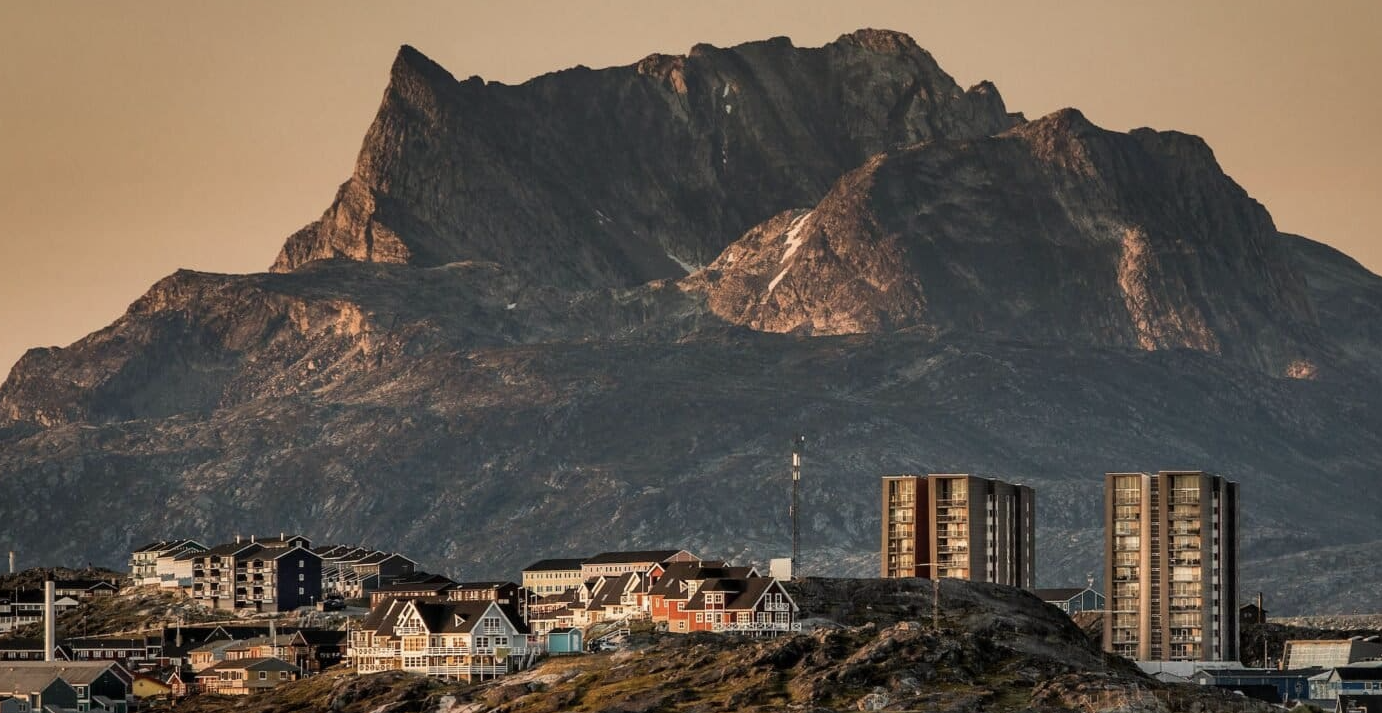
The least dense country on the list, Greenland, have a population of 55,745 as of 2025. The country is known for its natural beauty and the northern light.
Despite its sparse population, Greenland is rich in natural resources like rare earth minerals, making it an emerging investment destination.
Climate change is also opening up new shipping routes, adding to its strategic importance.
Mauritania
Mauritania, located in West Africa, has a population density of just 4 people per square kilometer.
Much of the country is covered by the Sahara Desert, offering stunning landscapes but posing challenges for infrastructure development.
Mauritania’s economy is reliant on mining, particularly iron ore, and fisheries, making these sectors ripe for investment.
Zambia
Zambia, known for its stunning Victoria Falls and national parks, has a population density of about 25 people per square kilometer, which is still sparse when compared globally.
The country is rich in copper and other minerals, providing significant opportunities for mining investments.
Its growing tourism sector also offers potential for eco-friendly ventures.
Paraguay
Paraguay, nestled in the heart of South America, has a population density of around 17 people per square kilometer.
The country is predominantly agricultural, with soybeans and beef as its primary exports.
Its low cost of living and business-friendly environment make it an attractive destination for foreign investment.
Papua New Guinea
Papua New Guinea, an island nation in Oceania, has a population density of about 20 people per square kilometer.
Its rugged terrain and diverse ecosystems make it a hotspot for biodiversity.
While this country’s economy is heavily reliant on mining and agriculture, Papua New Guunea’s eco-tourism potential remains largely untapped, offering opportunities for sustainable development.
Least Dense Countries in the World?
The world’s least densely populated countries offer more than just wide-open spaces—they present unique opportunities for investment, travel, and exploration.
While some of these nations face challenges such as underdeveloped infrastructure, their untapped potential makes them ideal destinations for those who think outside the box.
In summary: if you’re seeking wide open spaces and vast resource wealth, think about the world’s least densely populated countries.
But you should also note that, in stark contrast, high-population countries and dense cities also enjoy their own benefits.

